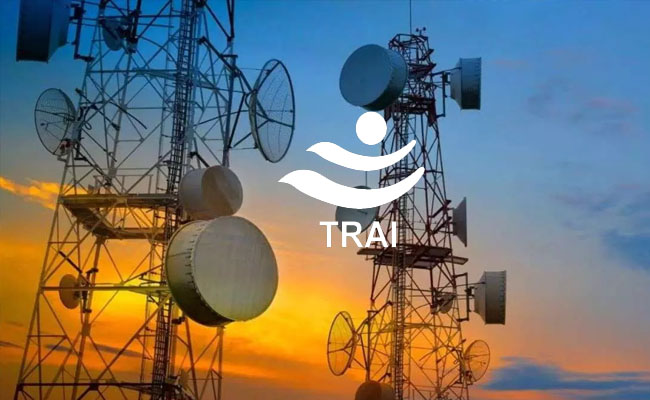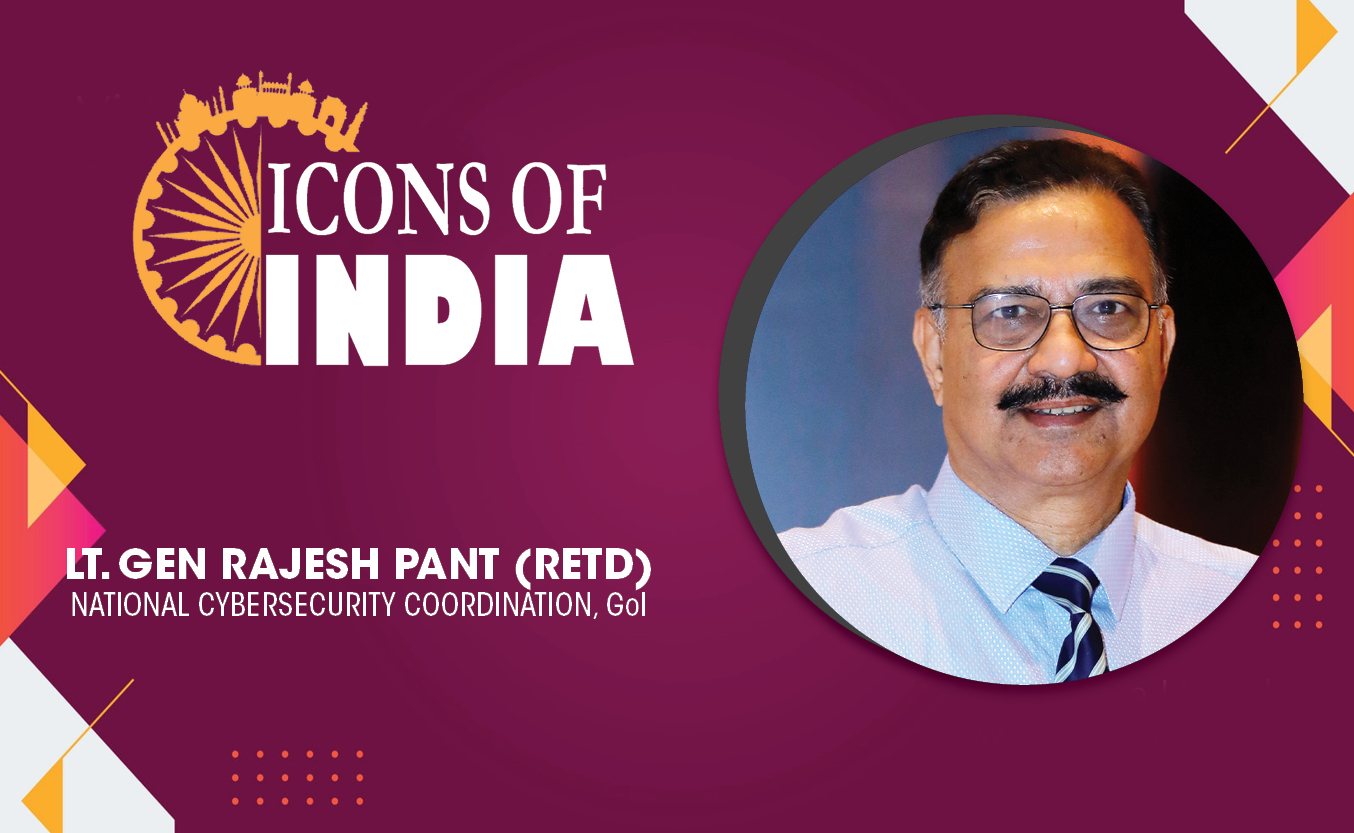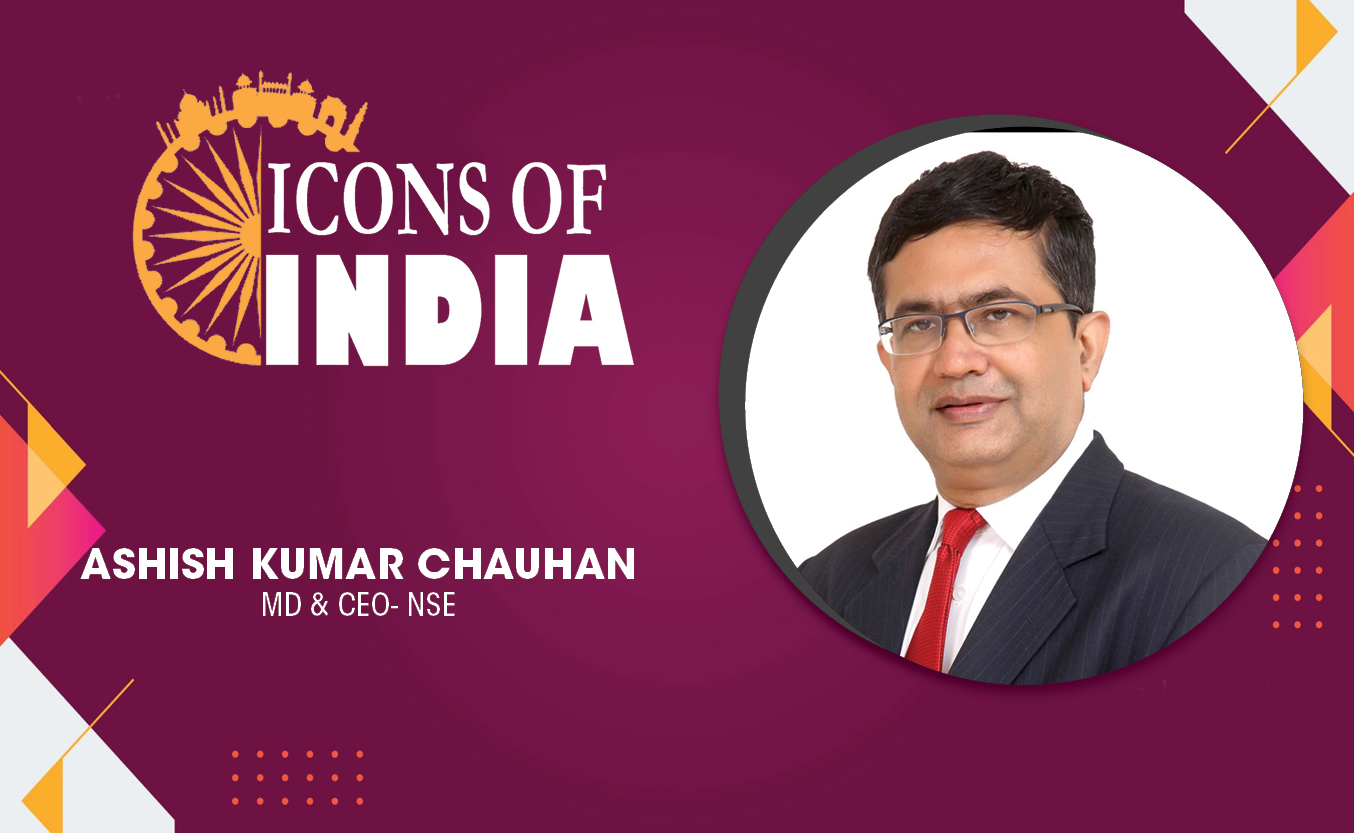Indian Smartphones Industry : Driving growth through digital acceleration
By MYBRANDBOOK

The budget-friendly devices introduced by players such as Samsung, Xiaomi, and Realme helped many customers upgrade to the next level of smartphones.
India’s smartphone market continues to witness strong momentum even during times of crisis. Despite the massive plunge in economic activities across the globe, the smartphone segment shipments, according to Counterpoint Research, grew 23% year-on-year to reach 38 million units in Q1 2021. According to the research firm, Q1 2021 recorded the highest ever first-quarter shipments, and new product launches, promotions, and financial schemes, as well as pent-up demand coming from 2020, drove the smartphone market in this quarter.
However, these shipments did not necessarily result in sales throughout the year despite a strong recovery in the second half of 2020 after the first wave of coronavirus pandemic. Like most countries and regions, the Indian smartphone market also declined for the first half of 2020, mainly due to the rapidly increased number of coronavirus infections. The second half of the year saw some momentum back for smartphones as the covid cases subside. However, the resurgence of COVID-19 instances in March 2021 cut the celebrations short, and the smartphone market growth once again stalled.
Interestingly, during the last year, the industry saw several first-time buyers who moved from feature phones to smartphones due to growing digital transformation and staying connected with their friends and family. With the rise of e-retail, e-education, and virtual ways of working, many buyers bought high-end smartphones with more features and expanded memory support.
The budget-friendly devices introduced by players such as Samsung, Xiaomi, and Realme helped many customers upgrade to the next level of smartphones.
New Range Of Devices
The past year expectedly saw the growth of online sales faster than retail sales. According to various industry estimates, the shipments for 5G smartphones crossed 3 million, with Chinese OEMs such as Xiaomi launching products with an aggressive price range.
In the age of growing reliance on digital channels, not surprisingly, the industry has witnessed a consistent decline in the uptake of feature phones, which according to IDC, declined by 8% YoY. This is despite Reliance Jio launching a new 4G device bundled with telco offers. IDC further states that the 2G segment witnessed 3% growth driven by iTel and Lava.
“Almost 7% of overall shipments were 5G, leading to a 3% YoY increase in ASP to US$176. Further, the premium segment (US$500+), grew 143% YoY, with 71% of those based on 5G. Apple, Samsung, and OnePlus continued to dominate in that space; the iPhone 11 and 12 together accounted for 28% of shipments, followed by the debut of the Galaxy S21 series and the OnePlus 9 series,” IDC notes.
One of the significant factors that have driven the growth of the Chinese smartphone in India is the lack of innovation coming from any of the Indian smartphone brands. Most Indian smartphone brands such as Micromax, Xolo, YU Televentures, Lava, and Karbonn mobile lack the offerings that modern-day smartphone users want in their mobiles.
The industry perception of Indian smartphone makers’ failure revolves around their inability to plan device launches at the time of the 4G launch. Most domestic smartphone makers recognized that they could not prepare for the 4G transition effectively, which resulted in their abrupt exit from the top 5 mobile phones market share. This was the time when most Chinese phone-makers entered the Indian market with several affordable-priced smartphones with great cameras, unique video calling, and attractive designs. Unfortunately, Indian OEMs perhaps misjudged their perception.
Market Share
 Despite growing border tensions with China, India’s smartphone market story has been dominated by Chinese handset manufacturers. According to a market study by research firm Canalys, Xiaomi, Vivo, Oppo, and Realme, together form three-fourth of the Indian smartphone market in 2020.
Despite growing border tensions with China, India’s smartphone market story has been dominated by Chinese handset manufacturers. According to a market study by research firm Canalys, Xiaomi, Vivo, Oppo, and Realme, together form three-fourth of the Indian smartphone market in 2020.
Xiaomi rules the Indian smartphone market with about 26% market share, followed by Samsung (22%), Vivo (16%), Realme (12%), and Oppo (12%). The continued success of Xiaomi could be primarily attributed to its strong focus on building a multi-brand strategy and online-exclusive sales for select models. According to IDC research, its Mi10i was the leading 5G model in 1Q21. Its sub-brand POCO has been on a stellar ride in the online retail segment, driven by affordable models like POCO C3 and M3. Also, the top 8 online models were from Xiaomi/POCO, with a 30% contribution, IDC notes.
Samsung’s shift in approach from conventional retail to online exclusive budget-friendly M series launches is helping it give tough competition to the Chinese handset makers. Samsung and Xiaomi are competing very closely every quarter to earn the top smartphone maker badge in the Indian market.
The South Korean consumer electronics giant seems to have learned from the mistakes committed by the yesteryear leading smartphone brand Nokia in India and consistently expanding its budget-friendly M series phones, all with different variants.
Oppo’s A15 Series became the top-selling model amongst all of its devices. The company is also launching 5G models to attract buyers looking at upgrading their phones with a tight budget. Its premium sub-brand, OnePlus, is gaining considerable popularity in the premium phone segment is the OnePlus series. In 5G phone shipments, the company has over 30% share in the Indian market.
Along with OnePlus and Realme, Oppo has achieved an overall market share of about 18 percent in the global Smartphone market.
In addition, Apple has been swiftly making a mark in the premium phone segment, with several attractive no-cost EMI schemes and launching previous models of its iPhone, which are still prevalent in the Indian market, at competitive market prices.
Vivo’s IPL sponsorship seems to be helping it take to the masses as the company has been achieving consistent growth and shining in a league of its own. Vivo brand has made a strong presence in the youth market because of its exceptional camera quality and features.
According to IDC, MediaTek-based smartphone shipments continued to lead for three consecutive quarters with a share of 52 percent, widening the gap with Qualcomm, which had a 35 percent share.
Some of the year’s top smartphones included: OnePlus Nord CE 5G, VivoX60 pro, Samsung Galaxy S20 FE 5G, Mi 11X Pro, Redmi Note 10 Pro Max, among others.
The Outlook
These may not be very exciting for the industry in general. Still, the smartphone market is expected to achieve substantial growth due to the continued focus on remote and hybrid workplace models. The rest of 2021 is expected to see an upward trend of all top companies launching new and innovative 5G devices, and some of them may be designed exclusively to support new technologies such as the Internet of Things (IoT).
Research from Polaris estimates that the global smartphone 5G market was valued at $13.4 billion in 2019 and is likely to grow by 122.7% by 2027. Nevertheless, due to the ongoing pandemic and its aftereffects, the 5G growth will take time to build momentum in a country like India, where still 4G rollouts have not happened in the way they should be.
The second wave of the covid-19 pandemic has created an unprecedented panic in the mindset of Indian consumers, many of whom are spending cautiously on luxury items to save for their future healthcare needs.
The disruption caused by the pandemic has also impacted the production levels of several smartphone makers. For instance, Foxconn, a renowned smartphone assembler, closed its factories in China in February 2020. The remote working scenario has also made an impact on the research and innovation in the smartphone industry. With many workers continuing to work from home amidst the ongoing pandemic, it has become challenging for smartphone makers to put enough resources and collaborate to build new innovative handsets. There will be a focus of smartphone makers in India in the year ahead to take a deep-dive approach to expand their tier-2 and tier 3 presence.
There are also concerns such as rising workforce cost, safety protocols in all manufacturing and non-manufacturing units, and limited disposal income of people that are creating a massive dent in the earnings of smartphone makers.
The industry is likely to see a slew of 5G based smartphone offerings from all leading smartphone players in India in the year ahead. Due to the country’s growing technical expertise in repairing phones, India could also see a massive uptake of second-hand or refurbished phones, most notably the high-end devices, across all regions.
With vaccination roll-out programme creating positive sentiments and markets are starting to open-up, the smartphone industry could see a robust growth in Fy22 without any substantial hiccups.


Happiest Minds brings in an innovative GenAI chatbot
Happiest Minds Technologies has announced the new GenAI chatbot - ‘hAPPI...

Government mandates encryption for CCTV cameras to ensure netw
In the wake of issuing an internal advisory on securing CCTV cameras at g...

TRAI recommends allowing only Indian entities to participate i
The Telecom Regulatory Authority of India (TRAI) has recommended that onl...

Galaxy AI is available on more devices with Samsung One UI 6.1
Samsung has expanded the range of smartphones to which One UI 6.1 and Gala...


Technology Icons Of India 2023: Bhavish Aggarwal
Ola CEO Bhavish Aggarwal had formed Ola-India’s largest mobility pla...

Technology Icons Of India 2023: Lt Gen (Dr.) Rajesh Pant (Retd.)
LT Gen(Dr.) Rajesh Panth (Retd.), National cyber security coordination...

Technology Icons Of India 2023: Ashish Kumar Chauhan
Ashish works as the CEO of the National Stock Exchange (NSE). He is al...


STPI encouraging software exports from India
Software Technology Parks of India (STPI) is an S&T organization under...

BSE provides highly secure, efficient and transparent market for trading
BSE (formerly known as Bombay Stock Exchange Ltd.) is Asia's first & t...

PGCIL transforming India with its wide power transmission network
Engaged in power transmission, POWERGRID or PGCIL is a stated owned In...


NETPOLEON SOLUTIONS
Netpoleon Group is a Value-Added Distributor (VAD) of Network Security...

IRIS GLOBAL SERVICES PVT. LTD.
Iris Global services is one of the leading distribution houses that d...

INTEGRA MICRO SYSTEMS PVT. LTD.
Integra is a leading provider of innovative hi-technology products an...